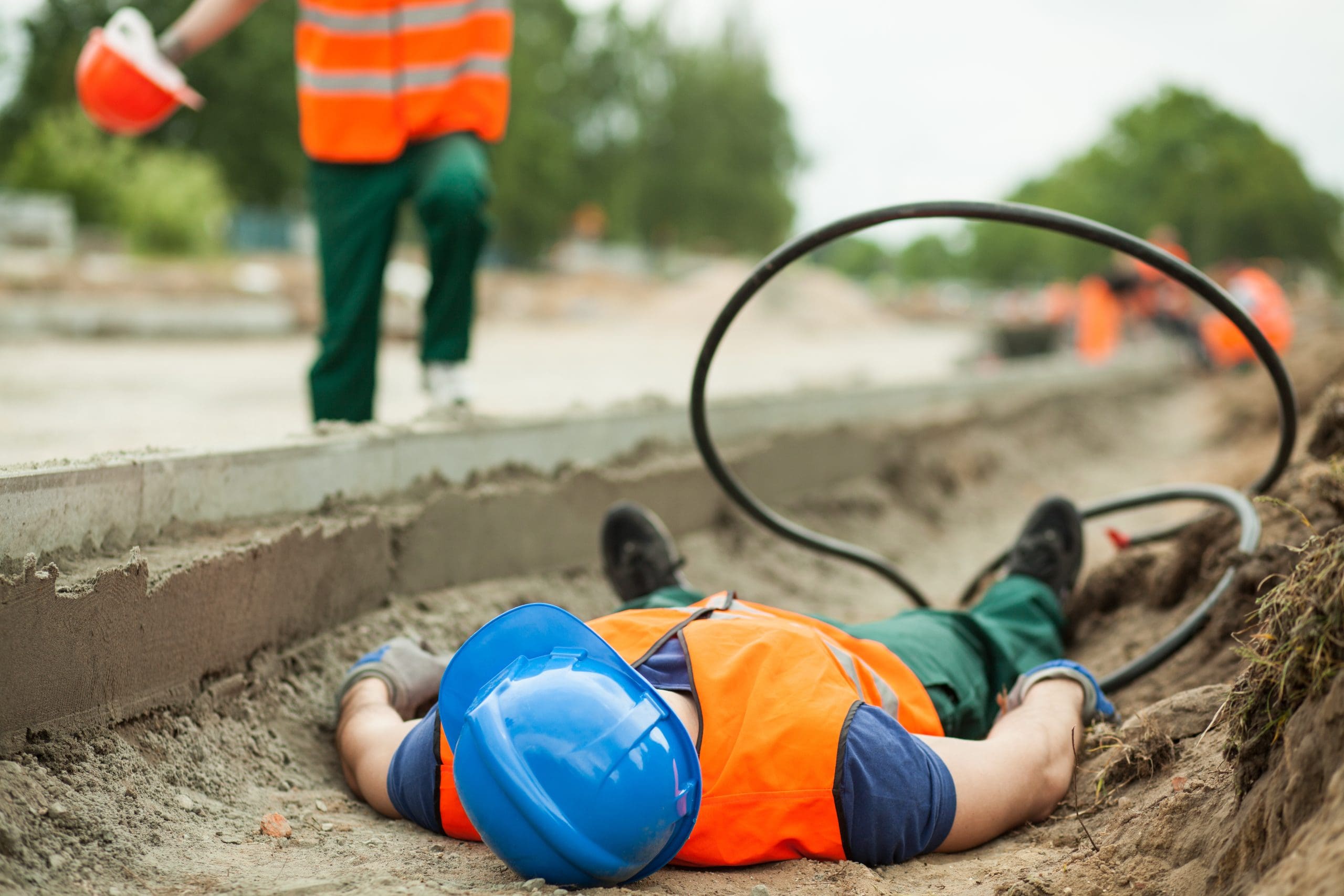
Electrocution is the sixth leading cause of occupational fatalities in the United States, according to the CDC.
In the landscape industry, these deaths be a result of coming into contact with underground or overhead electrical lines. Fatalities also stem from the use of power tools and portable generators or installing and maintaining the electrical components of outdoor lighting, irrigation systems, and water features.
The four main types of electrical injuries are:
- Electrocution death
- Electric shock
- Burns
- Falls caused by contact with electricity
One of the main ways to keep your team safe from electrical hazards is to leave hard-wiring irrigation systems or water features to licensed electricians. Only low-voltage (less than 30 volts) can be performed by those who are not electricians. Depending on what state you’re in, licensing may still be required for low-voltage work.
Proper Precautions
Even if you’re permitted to perform low-voltage electrical work, this can still be dangerous, so stress to staff to not let their guard down. When working on irrigation systems, outdoor lighting or water features, always call 811 before digging.
Also, ensure the power is off at the breaker. When turning off the power at the breaker, put a note on the breaker panel alerting others to the action so team members do not turn the switch back on while another person is working.
When working around overhead powerlines, remind your crews to be aware of their surroundings. Keep at least 10 feet away from powerlines operating 750 to 150,000 volts when trimming trees or branches. Electrical injuries can still occur without direct contact as electricity can jump across tools, equipment, and ladders.
If trimming around powerlines, notify the utility company about work planned around these lines. This can be particularly a threat when cleaning up sites with fallen trees after a storm.
In one instance, tree trimmers felled a 65-foot oak tree and one of its branches caught on the 69,000-volt power line that was 29 feet above the ground. The porcelain insulators on the adjacent supporting utility poles broke and the power line dropped to within a few feet from the ground. A 21-year-old landscaper was electrocuted, and two other workers were seriously injured by the electric current.
First Aid
Three factors affect the severity of an electrical shock: the path of the current through the body, the amount of current and the length of time that the body is in the circuit.
The most dangerous path of the current is if it goes through the heart, lungs or nervous system. The higher the current and longer someone is exposed to the electricity, the higher the risk for injury and death.
If an employee is shocked, there can be multiple signs and symptoms, including burns, vision problems, swollen tongue, irregular heartbeat or cardiac arrest, paralysis, difficulty breathing, muscle tenderness or twitching, loss of consciousness and convulsions.
Call 911 if someone has suffered an electrical shock. Do not touch the worker in contact with an energized circuit as you can be shocked too. De-energize the circuit if possible. If this is not possible, use a non-conductive object to push the victim away from the current. Conduct CPR or other first aid until help arrives.

